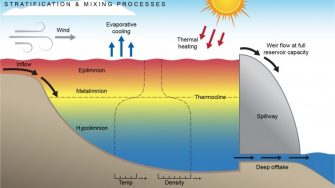Cold water pollution: What is it, and how can we limit its environmental impacts?
WRL was engaged by the NSW Department of Primary Industries, Fisheries, to complete an extensive literature review and investigation into options to mitigate cold water pollution.

